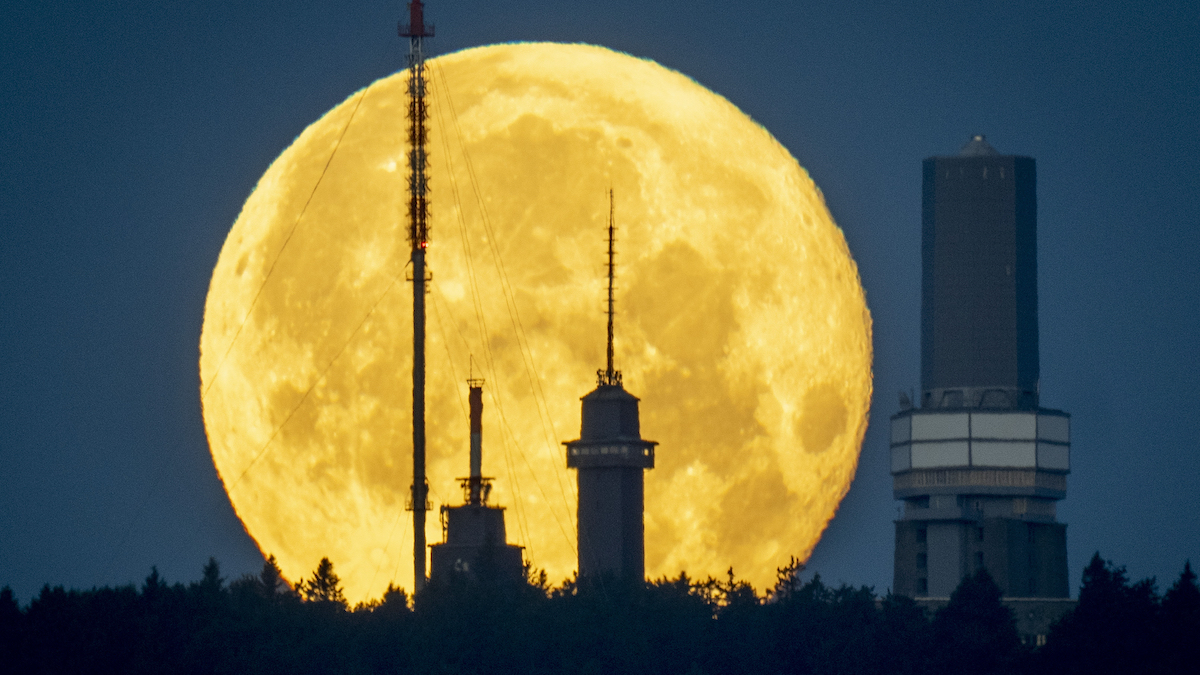A rare alignment of five planets visible to skywatchers in the predawn sky with the naked eye will be at its most visible Friday morning.
While the celestial event has been occurring all week (and all month in some form) experts say the best time to see it will be early Friday morning.
The alignment will continue to be visible for several more days, but Friday will be the best viewing in North America
Mercury, being closest to the star, will appear lowest on the horizon, while Saturn will appear the highest in the night sky.
Get Boston local news, weather forecasts, lifestyle and entertainment stories to your inbox. Sign up for NBC Boston’s newsletters.
On June 22, a waning crescent moon appeared to the right of Mars. This week and next the Moon will move near each of the planets.
Here's the rest of that schedule:
- June 26: A very slim waning crescent moon appears to the left left of Venus
- June 27: An even slimmer crescent appears to the left of Mercury
Best Time to Watch Planet Alignment
To catch the rare phenomenon, it is recommended that sky watchers in the Northern Hemisphere head outside roughly 30 to 45 minutes before sunrise and choose a spot with unobstructed views of the eastern and southeastern horizons.
If conditions are clear the planets should be bright enough to see them with the naked eye, though Mercury, being closest to the horizon, will appear faintest in the sky at the beginning of the month. That might make it more difficult to spot without binoculars. As the month progress, however, it will become easier to spot, according to Sky & Telescope.
Get updates on what's happening in Boston to your inbox. Sign up for our News Headlines newsletter.
The best opportunity to see the spectacle will be on June 24 as Mercury should be up to about an hour before the sun and a crescent moon will also be visible between Venus and Mars, serving as a "proxy Earth."
What Makes the Planet Alignment Rare?
While it's common to see two planets appear close together in the night sky, the celestial phenomenon — known as a conjunction — is much more rare when more planets are involved. After June, the planets will begin to spread out in the predawn sky, "so much so that Venus and Saturn will make their exits as morning objects for most observers by September," according to NASA.



